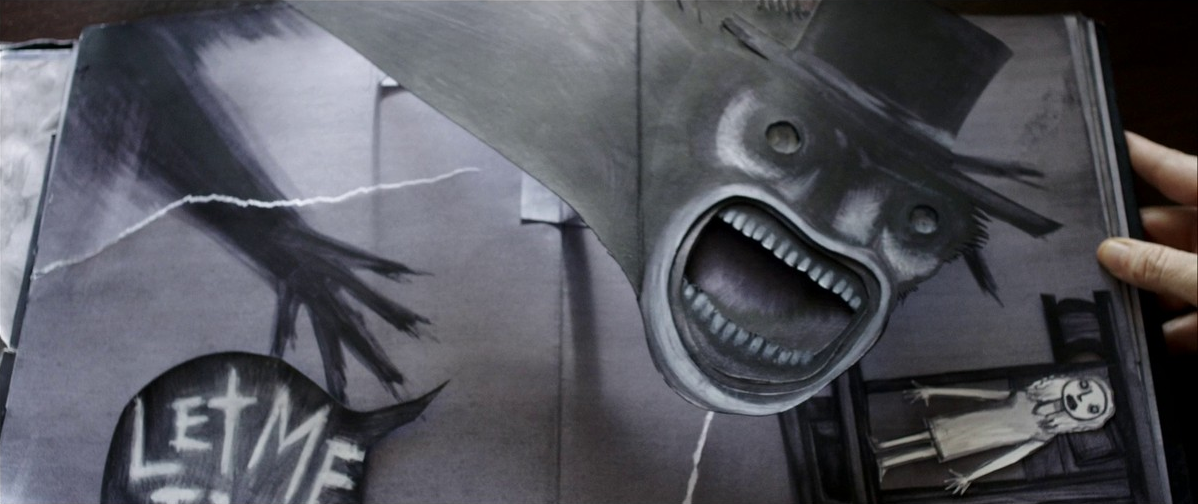It has practically become cliché at this point to say that jump scares are ruining horror movies. A litany of recent films, from Annabelle to The Woman in Black 2 to really any other generic slasher film has become increasingly reliant on loud noises and surprises to try to scare the audience. Many of these films have been gaining mainstream success for one very simple reason: they are cheap. Usually made for a budget of less than $15 million, even reaching $30 million at the worldwide box office can turn a profit for a studio. This makes them unlikely to go away anytime soon, so audiences should get used to seeing low-budgeted sequels, remakes, and spin-offs (a spin-off based on the nun from The Conjuring 2 is especially concerning).
Fortunately for horror movie aficionados, the last few years have produced some diamonds in the rough. Movies like The Conjuring and The Conjuring 2 achieved mainstream success, while smaller films like Lights Out, You’re Next, and It Follows garnered critical acclaim. Now, I want to focus on one film in particular that was released in 2014: an independent Australian film called The Babadook. Jennifer Kent directs Essie Davis in the starring role as a single mother dealing with the grief of losing her husband and struggling with raising her troubled child.
The story in a nutshell: Davis’ character, named Amelia, finds a book called “Mister Babadook” in which a monster comes to life and kills a mother and her child. As the film progresses, it appears as if the monster is coming alive and is trying to take Amelia’s child from her. This outline has the making of a generic monster movie. But it is in the execution that The Babadook really triumphs. Kent never succumbs to the temptation to put a cheap jump scare in the film. Instead, she constantly keeps the monster in the dark, and instead implies the terror by including several scenes in which Amelia thinks she sees the monster. This keeps the viewer constantly on edge and looking into the sides of the frame as opposed to directly at the characters.
It is this constant sense of uneasiness that permeates The Babadook that makes it so unnerving to watch. Once the film’s tension picks up, it is difficult to relax while watching it. Kent structures the film so that the first half moves fairly slowly, establishing the characters and setting up the central conflict before rewarding the viewer with an unrelenting stream of scares. The film drops hints along the way at the monster’s origins, but it never finds itself bogged down in explaining why the monster is after Amelia and her son or how the monster was created. This is a trope that too many horror movies fall into: the scene when the characters turn to an expert to explain everything that has been happening. (See Sinister.) The mystery makes the monster all the more scary.
What makes The Babadook such a great film is that the titular monster is more than just a vehicle for scares: it symbolizes Amelia’s grief, and essentially acts as a manifestation of it. It never directly attacks her or her son, but instead pushes her to insanity and to the point of attacking her son. This is far more disturbing: the image of a once devoted mother trying to hurt her son will stay with the viewer long after the film ends. By the end of the film, Amelia has not totally conquered her grief, but has instead learned to live with it. This gives her a realistic character arc that the film is centered around, and it also makes her extremely easy to relate to. The monster is not the driving force of the film, but is instead the driving force of her character arc, which is a difficult feat to pull off for any horror film.
The Babadook is not a standard horror film. Many viewers will be put off by its strange imagery and reliance on atmosphere as opposed to standard jump scares. However, if you can stay through the uncomfortable scenes and analyze the film, you will find a surprisingly rewarding cinematic experience that stays with you long after the film is over. It is, in my mind, the most disturbing film I have seen, and every time I watch it I get something new out of it. The Babadook is a must-see for any horror movie fan, and it is a brilliant example of a horror film that knows exactly how to psychologically terrify the viewer.





